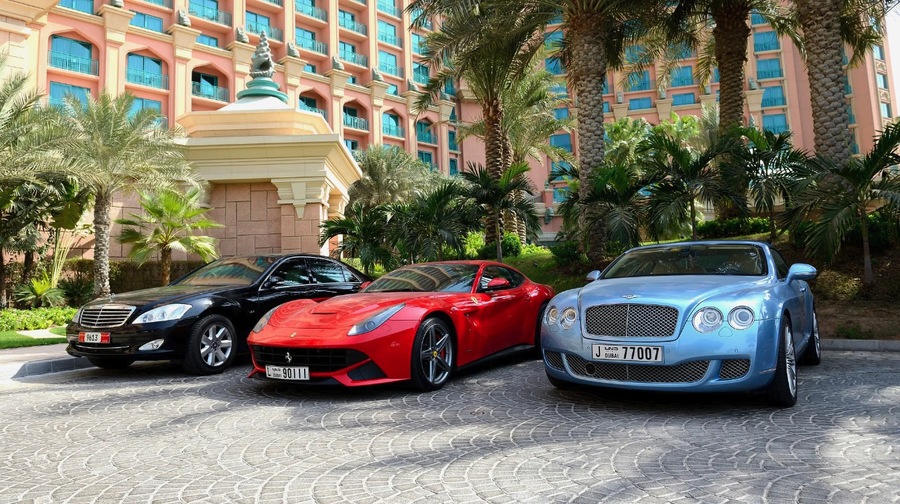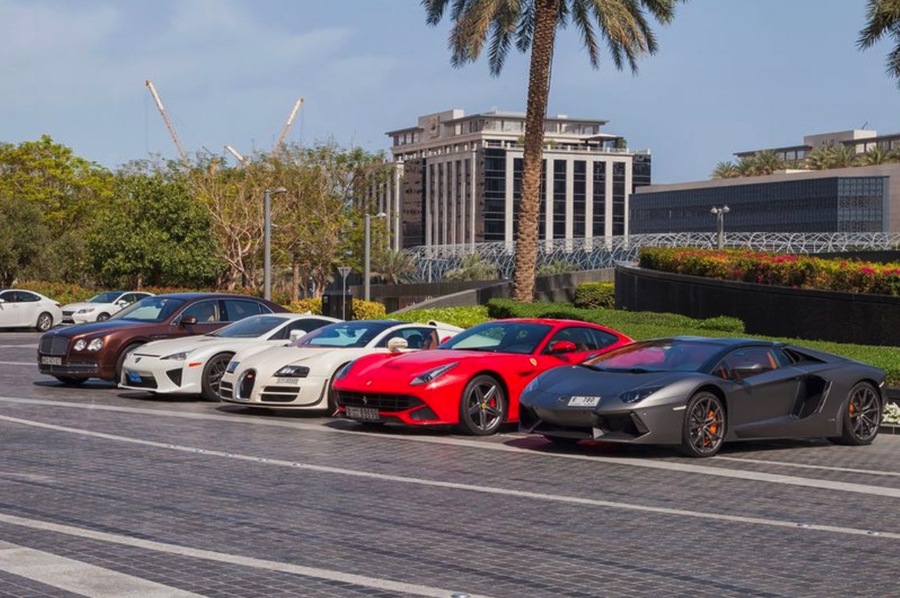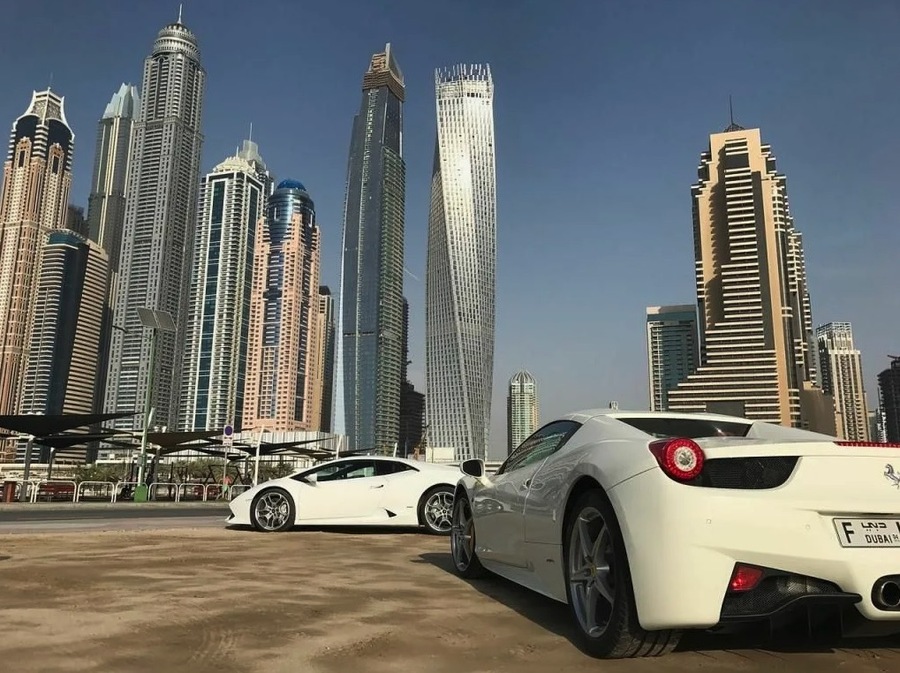The symbiotic relationship between racing and luxury car development is both deep-rooted and profound. From the early days of automotive history, advancements in racing technology have consistently trickled down to consumer vehicles, enhancing performance, safety, and overall driving experience. Racing serves as a high-stakes testing ground where manufacturers push the boundaries of engineering, subsequently applying successful innovations to their luxury models.
For enthusiasts and visitors seeking to experience the pinnacle of automotive engineering, renting a luxury car from House of Luxury Car Rental in UAE offers a unique opportunity to drive vehicles that embody this rich heritage.
Early Influence
The early days of racing were instrumental in shaping the design and performance of luxury cars. Brands like Porsche and Ferrari, which started as racing pioneers, used their track experience to inform the development of their consumer vehicles. For instance, Porsche’s iconic 356 model, launched in 1948, incorporated lessons learned from racing, leading to improved aerodynamics and engine performance. Ferrari, founded by Enzo Ferrari in 1939, initially focused solely on racing before transitioning to consumer vehicles, using their racing pedigree to create some of the most revered luxury sports cars in history.
Technological Innovations
Engine Performance
Racing has significantly contributed to advancements in engine performance. Technologies such as turbocharging and high-performance V8 and V12 engines were perfected on the track before being introduced to consumer vehicles. For example, the Porsche 911 Turbo, which debuted in 1975, brought turbocharging technology from Porsche’s racing cars to the consumer market, offering unprecedented power and efficiency. Modern V8 engines in luxury cars can now produce over 600 horsepower, with improved fuel efficiency thanks to racing-derived innovations.
Aerodynamics
Aerodynamic research in racing has heavily influenced the design of luxury cars. The use of wind tunnels and computational fluid dynamics (CFD) in racing has led to the development of cars with lower drag coefficients, enhancing both performance and fuel efficiency. For example, the drag coefficient (Cd) of the Mercedes-Benz S-Class has been reduced to as low as 0.23, a direct result of aerodynamic advancements from Mercedes-Benz’s racing endeavors.
Materials and Weight Reduction
Racing has driven the adoption of lightweight materials such as carbon fiber and aluminum in luxury car manufacturing. These materials reduce vehicle weight, improving performance and fuel efficiency. For instance, the use of carbon fiber in the chassis of the BMW i8 helps reduce its weight to just 1,560 kg, enhancing both its speed and efficiency.
Suspension and Handling
Advancements in suspension systems, such as adaptive suspension and electronic stability control, originated in racing. These systems have vastly improved handling and ride quality in luxury cars. The Porsche Active Suspension Management (PASM) system, for example, offers adjustable shock absorbers that adapt to driving conditions, significantly enhancing both comfort and performance.

Safety Features
Crash Testing
Racing safety standards, including roll cages and rigorous crash tests, have led to safer luxury cars. The implementation of racing-derived safety technologies has resulted in high crash test ratings for many luxury models. For example, the Audi A8 has received top ratings from both Euro NCAP and the IIHS, thanks to its robust safety features developed from racing research.
Driver Assistance Technologies
Driver assistance systems, such as traction control and advanced braking systems, have roots in racing technology. These systems have proven highly effective in reducing accidents. For instance, the Electronic Stability Program (ESP) developed by Mercedes-Benz and Bosch, initially tested in racing, is now standard in most luxury vehicles, significantly improving driving safety.
Real-World Applications: Examples from Luxury BrandsPorsche
Porsche’s racing heritage is evident in models like the 911, which incorporates technology and design elements from Porsche’s racing cars. The 911 GT3, for example, features a naturally aspirated engine and a lightweight construction derived from Porsche’s racing experience.
Ferrari
Ferrari seamlessly transitions F1 technology to its road cars. The LaFerrari, for instance, utilizes a hybrid powertrain system developed from Ferrari’s Formula 1 KERS (Kinetic Energy Recovery System), delivering unparalleled performance and efficiency.
Mercedes-Benz AMG
Mercedes-Benz integrates racing technologies into its AMG models. The AMG GT R, developed with insights from Mercedes’ F1 team, features advanced aerodynamics and a high-performance engine, making it a formidable road car.
Performance Statistics
Luxury cars with racing technology boast impressive performance statistics. For instance, the Ferrari LaFerrari achieves 0-60 mph in just 2.4 seconds, while the Porsche 911 GT3 can lap the Nürburgring in under 7 minutes, showcasing the tangible benefits of racing technology.
Economic Impact
Market Demand
The market demand for luxury cars with a racing heritage is substantial. Success in racing boosts brand image and sales, as consumers associate these brands with high performance and exclusivity. For example, Ferrari’s strong racing pedigree has helped it maintain a loyal customer base and consistently high sales and rental figures.
R&D Investment
Luxury car manufacturers invest heavily in racing programs, with significant portions of their R&D budgets allocated to developing new technologies. This investment not only advances their racing efforts but also translates to consumer car development, leading to continuous innovation in their luxury models.

Consumer Perception
Surveys and Studies
Surveys and studies show that consumers perceive racing technology in luxury cars as a mark of quality and performance. A survey by J.D. Power revealed that 70% of luxury car buyers or renters consider a brand’s racing heritage when making purchasing or renting decisions.
Brand Loyalty
Racing success fosters strong brand loyalty among customers. Brands with a storied racing history, such as BMW, Porsche, and Ferrari, enjoy high rates of repeat customers, with many buyers and renters remaining loyal to the brand across multiple vehicle purchases and rentals.
Future Trends
Electrification and Hybrid Technology
Racing is driving the development of electric and hybrid luxury cars. Hybrid hypercars like the McLaren P1 and Porsche 918 Spyder are prime examples of how racing technology is pushing the boundaries of performance and sustainability in luxury cars.
Autonomous Racing
The emerging trend of autonomous racing has the potential to revolutionize luxury car technology. Advances in autonomous systems developed for racing could lead to new levels of safety and convenience in consumer vehicles, paving the way for a future where luxury cars offer both high performance and advanced autonomous capabilities.
Conclusion
Racing has profoundly influenced luxury car development, driving advancements in engine performance, aerodynamics, materials, suspension, safety features, and driver assistance technologies. This relationship has resulted in luxury cars that not only perform exceptionally but also offer unparalleled safety and comfort.
For those wanting to experience the thrill of these innovations firsthand, House of Luxury Car Rental in Dubai offers a premier selection of luxury vehicles. Renting a luxury car not only provides an opportunity to drive some of the most advanced cars influenced by racing but also to explore one of the world’s most glamorous cities in unmatched style and comfort.

Snowboarder, follower of Christ, music blogger, hand letterer and AIGA member. Acting at the crossroads of simplicity and sustainability to give life to your brand. Let’s chat.


